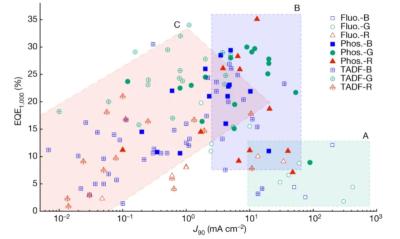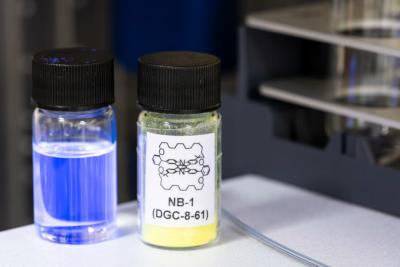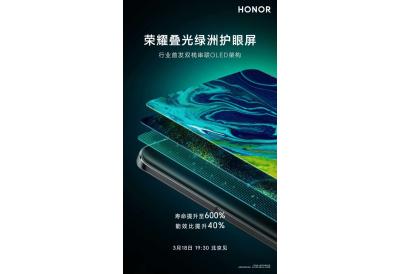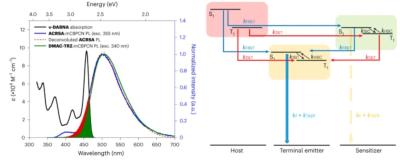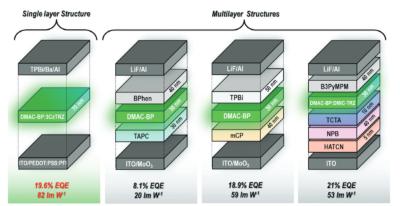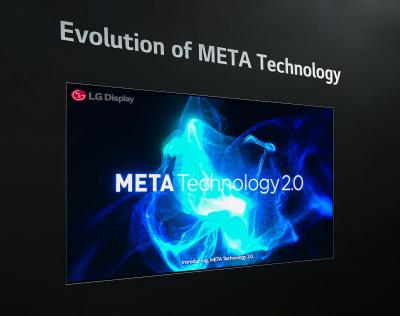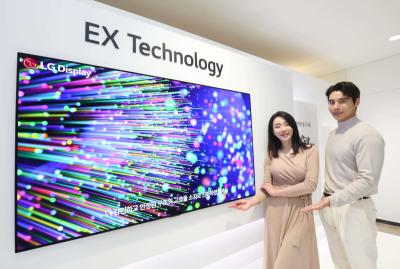Sentry Enterprises launches an illuminated credit card platform with a flexible OLED lighting panel produced by Konica Minolta
In 2014 Konica Minolta started constructing its groundbreaking R2R flexible OLED lighting fab. The project saw many delays and entered production later than planned, and KM started producing panels at low volume at around 2020. The company recently started to ramp up production, and today we hear of one of its first customers and partners, Sentry Enterprises.
Sentry, a fintech company, launched the Radiance card illumination platform, which enables credit card (and other payment card) issuers to offer a unique experience by using an OLED lighting panel embedded in the card. The OLED panel is produced by Konica Minolta. The card works without a battery, and the OLED panel is powered by the NFC receiver upon a transaction (a technology that was demonstrated by KM back in 2020).



